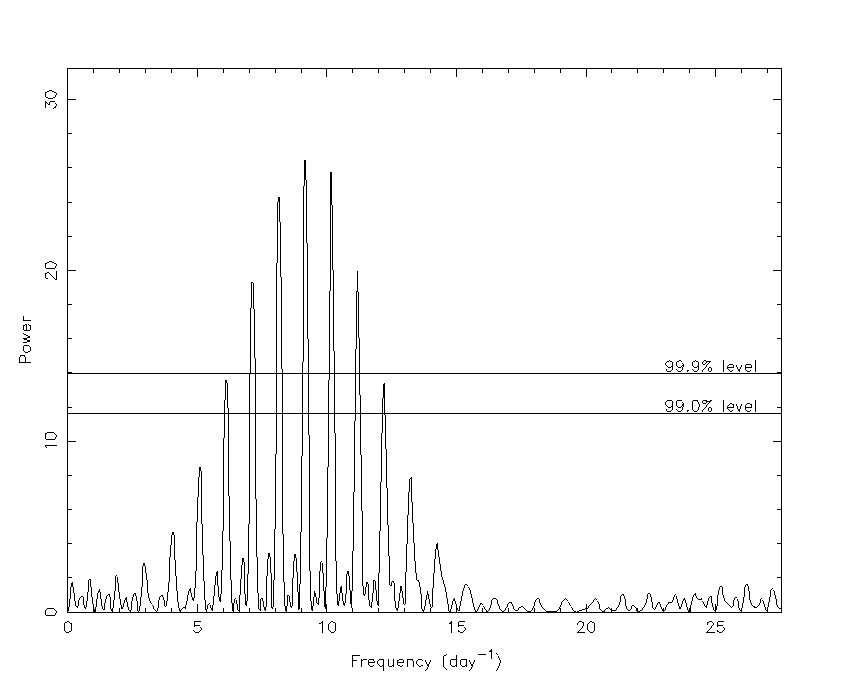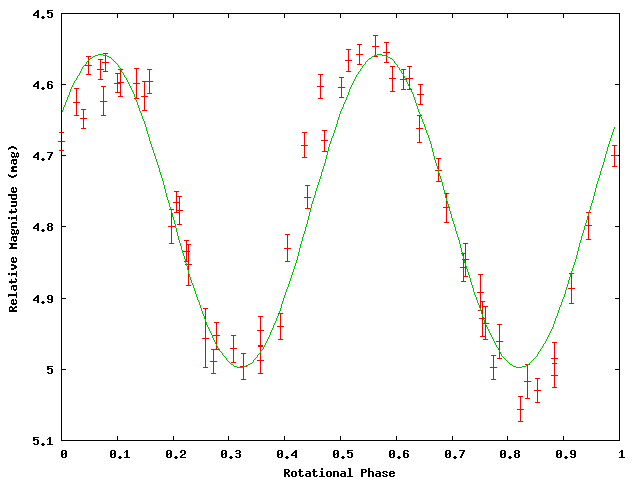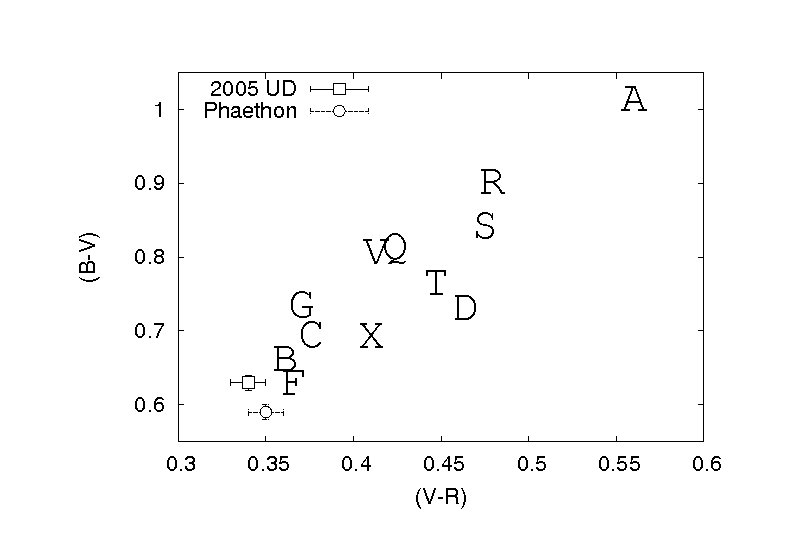Planetary Science Laberatory
Basic Information
- Leader:Dr. Kinoshita, Daisuke
- Room:S4-901-1
- Extension:65985
Introduction of the Group
We mainly focus on, but not limited to, the study of small solar system bodies. Small solar system bodies are thought to be remnants of planetesimals from which the major objects in the solar system formed. They are expected to be less thermally processed objects. Because of their primordial characteristics, it is important to know the basic properties of these objects for the understanding of solar system formation and evolution.
The spatial distribution of small solar system bodies leaves signaturesof past events such as the migration of giant planets, and the depletionof proto-solar nebula. The size-frequency distribution of small solarsystem bodies is important for investigating the the accretion processand collisional history of planetesimals. The surface color indices andphase angle-brightness relation are useful to give constraints onphysical properties and chemical composition. The rotationallightcurves are constructed from time-series photometry, and those areused to study on the spin properties and to give constraints on theshape and density. The observations of a binary system revevals thetotal mass of the system. The spectroscopy of small solar systembodies is a premier method to understand the physical properties andchemical composition of these objects.
We basically carry out visible and near-infrared observations of smallsolar system bodies. PS1 sky survey of Pan-STARRS project will providevaluable data to us. We plan to study on topics such as the search forunknown planets, identification of trans-Neptunian object binaries,statistical properties of Damocloids, search for extremely youngasteroid families, and asteroid-meteor association.



